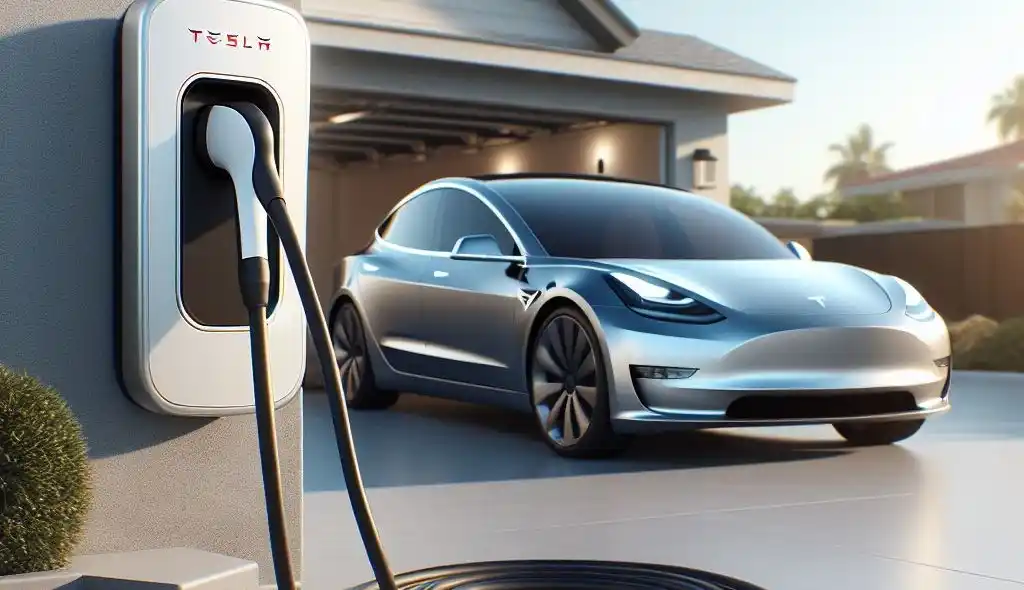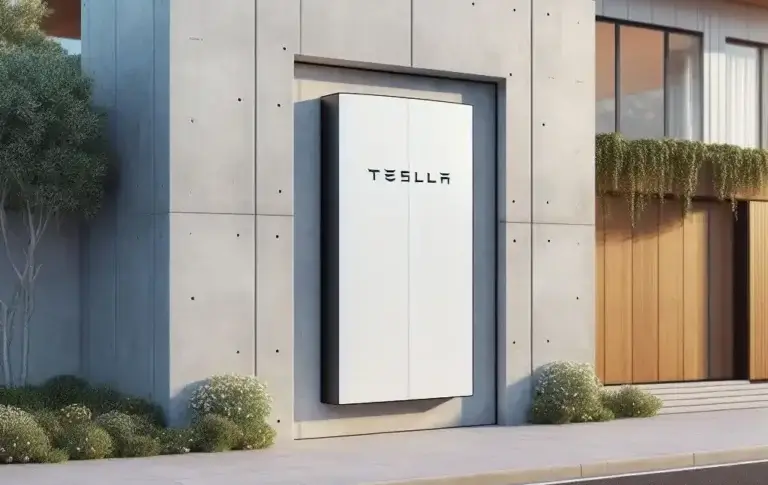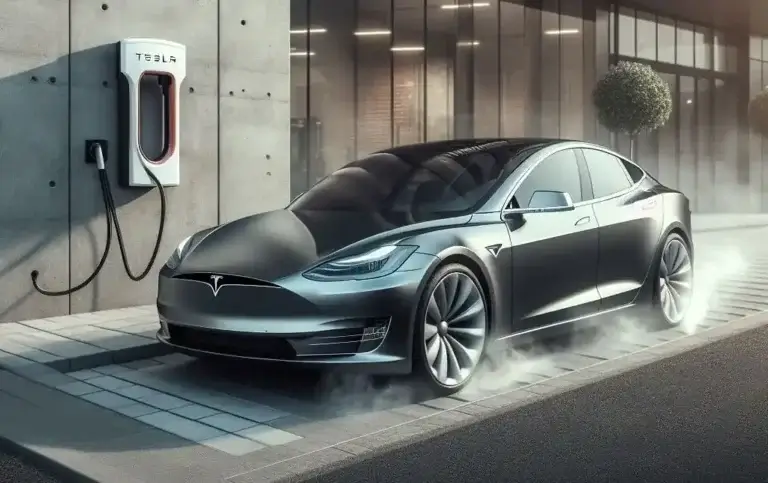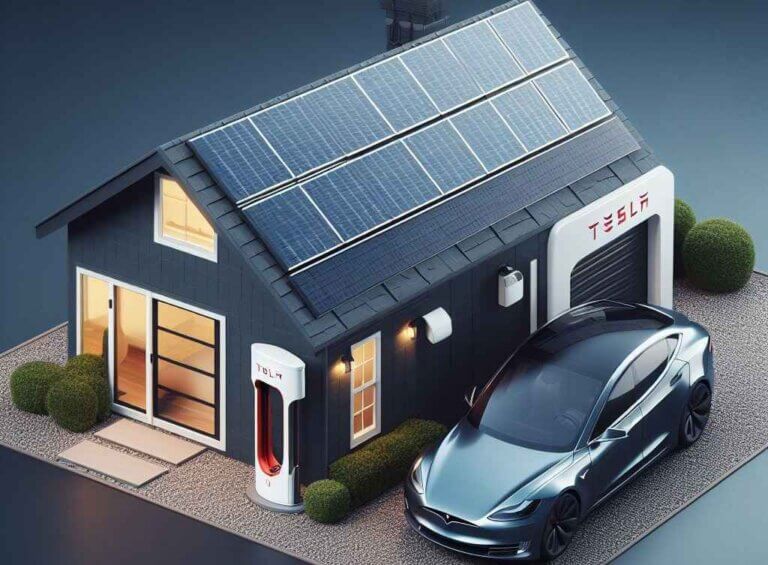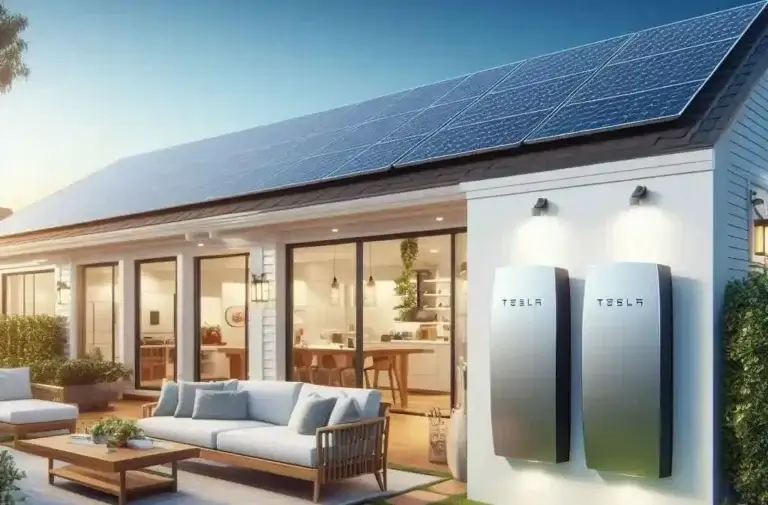Tesla Mobile Connector vs Wall Connector: Which Is Better for Home Charging?
Are you a new or future Tesla owner wondering how to charge your electric vehicle at home? Or maybe you want to upgrade from a regular wall outlet to faster charging?
If so, you’re probably trying to decide between using the Tesla mobile connector that comes with every Tesla or installing a dedicated Tesla wall connector. Both can provide an ample charge for daily commutes and routine use. But there are key differences to understand.
In this detailed guide, we’ll compare the mobile connector vs wall connector so you can determine:
- Costs for purchase and installation
- Charging speed and power output
- Convenience, portability, and functionality
- Ideal usage scenarios
We’ll help you decide which Tesla charging solution is best for charging at home based on your needs, budget, and electrical system.
Table of Contents
Mobile Connector Overview
The Tesla mobile connector is a lightweight, portable EVSE (electric vehicle supply equipment) included with every new Tesla Model 3, Model Y, Model S, and Model X.
- It has interchangeable plugs allowing compatibility with multiple outlet types.
- The onboard charger supports up to 32 amps and 240 volts enabling about 44 miles of range per hour of charging.
- Maximum power output is 7.7 kW.
- It comes with a 24-foot cable allowing flexibility where you park.
The flexibility to plug into different common wall outlets is the key benefit that distinguishes the Tesla mobile charger. It provides portable Level 2 charging without installing dedicated equipment.
Wall Connector Overview
The Tesla Wall Connector is a robust, hardwired EV charger designed specifically for Tesla vehicles.
- It provides fixed, faster Level 2 charging up to 11.5 kW depending on the model.
- The maximum supported amperage is 60 amps.
- It charges 1.4 times faster than the mobile connector on appropriate circuits.
- WiFi connectivity allows over-the-air firmware updates and charging access control via the Tesla app.
- Multiple power settings are available for finer control of charging speed.
Installing a Tesla Wall Connector requires hiring an electrician to directly wire it to your home’s electrical panel with a dedicated circuit. But it enables the fastest charging available outside of Tesla Superchargers.
Now let’s dig into the details…
Charging Speed and Power Output
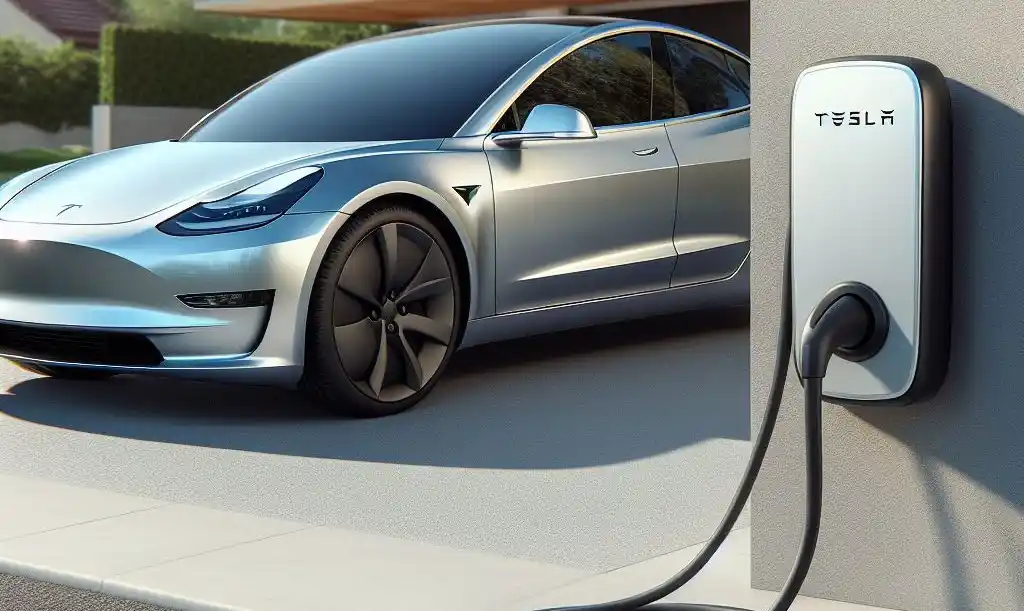
One key difference is charging power and speed. The higher the power, the faster an EV battery can charge.
- The mobile connector supports up to 32 amp circuits with charging power up to 7.7 kW.
- The wall connector supports up to 60 amps with a charging power of up to 11.5 kW depending on the model.
With maximum charging power, this translates to:
- Mobile connector: Up to 44 miles of range per hour of charging
- Wall connector: Up to 60 miles of range per hour of charging
So the wall connector charges about 1.4 times faster with an optimal installation. The actual charging speed depends on factors like battery size, state of charge, outside temperature, and more.
But for most commutes and daily use, both provide ample charge speed. For example:
- Replenishing 50 miles of range requires 1 hour with the mobile connector or 45 minutes with the wall connector.
- Recharging a Model 3 Long Range from 20% to 80% takes about 5 hours with the mobile connector or under 4 hours with the optimum 60 amp wall connector.
Keep charging speed in mind if regularly need to optimize every minute saved. But for most, the mobile connector pushes more range overnight than needed for daily driving.
Cost of Purchase and Installation
There is a significant cost difference in terms of purchase price and professional installation:
- The mobile connector is included with new Tesla purchases as part of the initial car price.
- The wall connector costs $500 which doesn’t include installation.
- Hiring an electrician to install the wall connector averages between $700–$1500 depending on complexity including permitting.
So purchasing and installing a Tesla wall connector typically costs $1200–$2000 compared to the free mobile connector provided out-of-box.
However, taking advantage of available tax credits can help partially offset installation expenses.
Convenience and Portability
The Tesla mobile connector offers unrivaled flexibility and convenience:
- Easy to pack and transport unlike bulky aftermarket portable chargers
- Plugs into a range of common household outlets (NEMA 14-50, 10-30, and standard 120v) using interchangeable adapters
- The lengthy 24-foot cable reaches outlets further away from the parking spot
- Contains an onboard cable management system to neatly wrap and store the EVSE
This allows charging at home or just about anywhere there’s an available outlet. The mobile connector excels when needing maximum portability and adaptability between locations.
In contrast, hardwiring the Tesla wall connector provides a dedicated high-power charging station locked to one parking spot. While robust and fast, it lacks flexibility compared to the mobile solution.
Home Electrical Service Amps
The type of home electrical service affects which EV charger best suits the available infrastructure:
- Most homes have 100–200 amp electrical service supporting up to 40–80 continuous amps simultaneously across all circuits
- Per code requirements, typical wall outlets and circuits range between 15–50 amps of capacity
- Installing new higher capacity outlets requires an electrician to upgrade wiring and the main circuit breaker panel
Within these constraints, the mobile connector flexibly draws up to 32 amps from existing wall outlets avoiding upgrades. But reliably powering a 60 amp Tesla wall connector often involves professional upgrades increasing project complexity and cost.
Carefully consider the home’s electric service capacity early when deciding between EVSE options.
Recommended Usage Scenarios
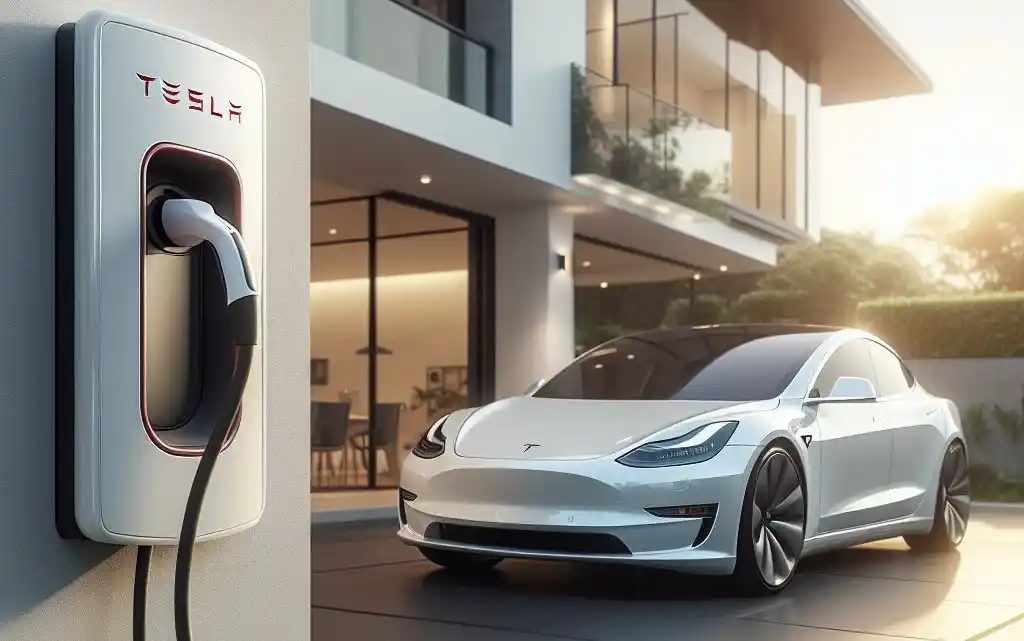
With the key differences covered, we offer general recommendations on ideal applications given use cases and budgets.
The Tesla Mobile Connector works best when:
- Requiring maximum portability to charge at multiple locations
- Using a dedicated high-amperage outlet already installed (ex: NEMA 14-50 outlet)
- Wanting the most convenient, affordable option for daily charging
- Parking spot location may change over time
- Upgrade electrical service isn’t practical or affordable
The Tesla Wall Connector is ideal when:
- Able to install a new dedicated 60+ amp circuit conveniently located near a designated parking spot
- Want maximum charging speed to optimize hours spent plugged in
- Charging multiple EVs requiring load-sharing
- Aesthetic appeal of integrated wall-mounted charger
- Future-proofing home with the highest capacity EVSE available
Most Tesla owners opt for the dependable mobile connector included with their vehicles. But roughly 1 in 5 take advantage of the fastest charging available with a wall connector installation.
Determine current and future charging needs while assessing your home’s infrastructure capacity and costs. This guides the best long-term equipment decision.
Additional Functionality
The wall connector boasts a few bonus features unavailable in the mobile charger:
- Over-the-air software updates and troubleshooting diagnostics via WiFi
- Set charging current amperage through the Tesla app
- Control charging access by driver profiles also configurable in the software
However, a major mobile connector limitation was recently eliminated…
Previous generations couldn’t charge Tesla Model 3 and Y vehicles above 90% state-of-charge without utilizing a Tesla wall connector or Supercharger.
But the latest 2023 software updates now allow mobile connectors to charge to 100% SOC. This key enhancement makes the mobile solution even more robust and convenient.
While the wall connector includes some nice supplemental functionality, the core purpose focuses on faster charging. Evaluate whether the accelerated speeds justify the wall connector’s added complexity and costs.
Tesla Wall Connector vs Mobile Connector: Quick Decision Table
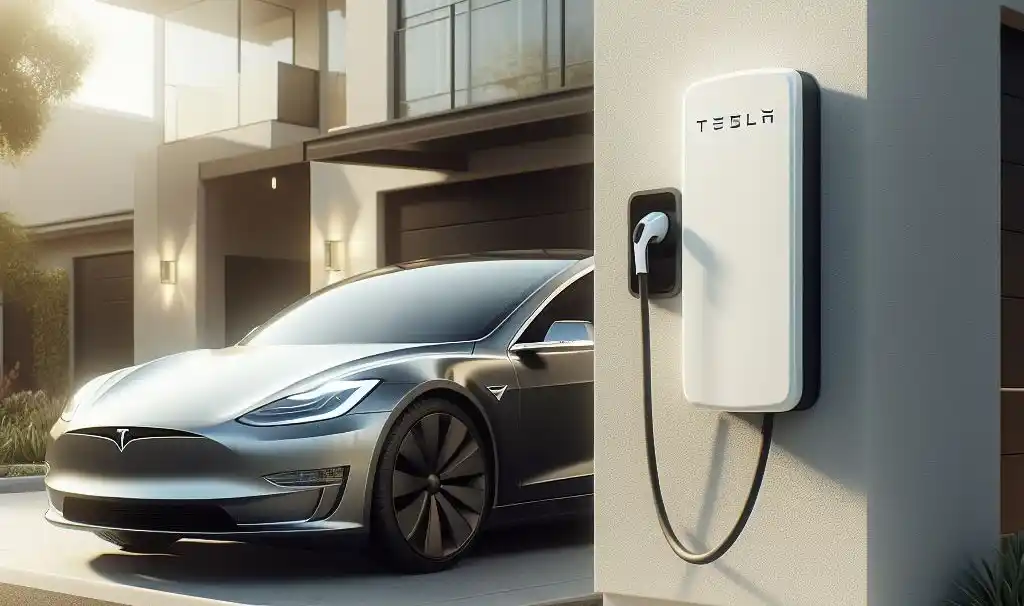
Compare the Tesla home charging options with this overview table:
| Mobile Connector | Wall Connector | |
|---|---|---|
| Hardware Cost | Included | $500 |
| Installation Cost | DIY or electrician hourly rate | $700 – $1500 typical |
| Max Power | 7.7 kW | 11.5 kW |
| Max Voltage | 240V | 240V |
| Max Amps | 32A | 60A |
| Charging Speed | Up to 44 mi/hr | Up to 60 mi/hr |
| Outlet Compatibility | 5-20, 14-50, hardwired adapter |
Installing the Tesla Wall Connector
Decided the Tesla wall connector is the best option?
Here’s what to expect with professional installation:
- Hire a licensed electrician (Tesla can provide referrals)
- Choose the parking spot location with access to your main circuit breaker panel
- Install a new dedicated 60+ amp 240v circuit routed to the charger area
- Hardwire the wall connector directly to the new circuit
- Mount the wall connector bracket securely per the included template
- Connect wifi credentials for over-the-air updates and usage analytics
- Confirm charging station communicates properly with the vehicle and Tesla apps
- Electrician files necessary permits and inspection requests with the local municipality
Total installation time ranges from 6 to 10 hours depending on complexity including permitting. And costs typically run $700 – $1500.
Now let’s examine installing the Tesla mobile connector…
But wait, there’s no installation required! The mobile charger’s flexibility means simply:
- Parking near an existing suitable wall outlet like a dryer or RV receptacle
- Plugging in the appropriate adapter for the outlet shape
- Connecting directly to your Tesla vehicle via the charging port
And that’s it! Within seconds you’ll be charging from any common electric outlet.
Comparing Installation Complexity
Streamlined installation and operation is a major mobile connector perk.
Professional wall connector hardwiring intricacies include:
- Evaluating electrical service capacity to add a 60A circuit
- Running thick gauge copper wiring from the main breaker panel out to the garage or driveway
- Wall mounting the connector safely away from vehicle impact threats
- Configuring wifi and electrical settings appropriately
- Securing local permits and scheduling inspection sign-off
Whereas plugging in the mobile charger is very straightforward for DIY novices. The wall connector’s fixed installation suits more technically-savvy homeowners comfortable managing the construction complexities and costs.
Carefully weigh whether regularly moving the mobile connector is acceptable to avoid permanently installing charging hardware locked to a single parking location.
EV Charging Cost Comparison
We’ve covered hardware and installation cost differences between the mobile connector and the wall connector. However operating expenses are equally important when budgeting for Tesla ownership.
Charging costs depend primarily on local residential electricity rates. And the big picture math isn’t too complex:
- Take your regional per kWh rate (say $0.15/kWh average nationally)
- Multiply by charging power draw in kW (7.7 kW mobile, 11.5 kW wall)
- Finally by charging duration in hours (how long it’s plugged in)
Which looks like this:
Cost = Electricity Rate x Power x Time
So for example:
- Charging with the mobile connector at max 7.7 kW for 3 hours with $0.15/kWh power costs $3.46
- The wall connector at 11.5 kW for the same 3-hour session equals $5.18
The higher-powered wall connector produces greater energy consumption and higher per-session costs. But over months and years, the overall charging differences are relatively small compared to more impactful factors like:
- Battery size & efficiency driving mileage and charging needs
- Regional electricity rates affecting per kWh pricing
- Individual driving habits and transportation mode substitutions
In other words, don’t let potential charging costs dominate wall connector purchase decisions. The major tradeoff weighs installation complexity vs hours saved through faster charging sessions.
Key Takeaways and Recommendations
Consider these final tips when deciding between the Tesla mobile connector vs wall connector:
- The mobile connector is perfectly suitable for most use cases focused on daily commuting and routine driving
- Its unmatched flexibility provides future-proof charging access anywhere common outlets exist
- Those regularly powering to 100% and needing to optimize every charging minute benefit most from the wall connector
- Carefully weigh installation and operational costs before committing to professional hardwiring
- Understand your home’s electrical service capacity and panel locations early in the decision process
- Compare anticipated EV usage patterns every week when determining required charge rates
For most new Tesla owners, the mobile connector checks all the boxes providing reliable charging at home, work, or on the go. Convenient portability makes it the top choice for basic daily charging needs.
But the Tesla wall connector maximizes charging speed and aesthetics for roughly 20% of owners needing robust infrastructure to power heavier reliance on their electric vehicle.
We hope this detailed and practical mobile connector vs wall connector comparison helps identify your best home charging solution!
FAQs: Tesla Mobile Connector vs Wall Connector
What’s the major difference between the mobile connector and the wall connector?
The main differences are charging speed and installation requirements. The wall connector charges faster, but has to be professionally installed vs the plug-in convenience of the mobile connector.
Which charges faster?
The wall connector charges 1.4x faster than the mobile connector. It supports more amps (60A vs 32A) for greater power output.
Do both connectors come with the car?
No, only the mobile connector is included as standard. The wall connector is sold separately as an accessory.
Can the mobile connector charge to 100%?
Yes, a recent 2023 software update enabled the mobile connector to charge up to 100% state-of-charge finally matching wall connector functionality.
Does the wall connector need professional installation?
Yes, hardwiring a high-powered wall connector requires an experienced electrician to install a new dedicated circuit routed to your electrical panel.
Where should the wall connector be located?
Optimally position the wall connector next to your designated Tesla parking spot with the included mounting bracket. It’s fixed in place once wired directly into your home’s electrical system.
What electrical upgrades does the wall connector need?
To support 60+ continuous amps often requires upgrading wiring, outlet, circuit breaker, and even the main electrical service panel in some cases. An electrician will advise during consultation.
What outlets work with the mobile connector?
The mobile connector supports 120V, 240V, and common outlets like 5-20, 14-50, and 10-30 using its set of interchangeable plug adapters.
How do I choose between the two chargers?
The article provides usage recommendations based on portability needs, available electrical capacity, parking flexibility, and installation budget factors. However, the mobile connector satisfies most homeowners’ daily charging requirements.
Let us know if you have any other questions!

